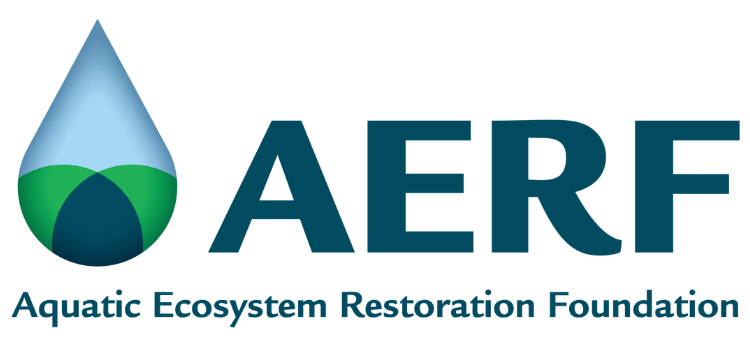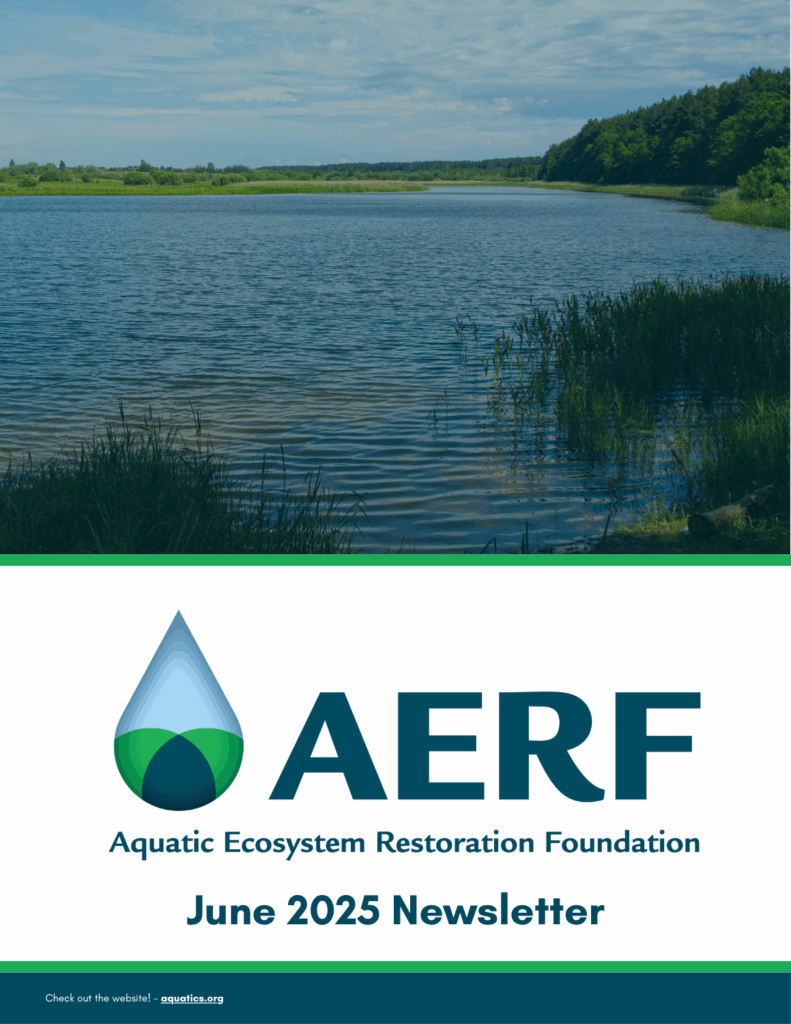June Newsletter

Support research and development of aquatic ecosystem management strategies

Advocate for environmentally sound conservation and restoration of aquatic ecosystems

Provide information to the public regarding aquatic plant management
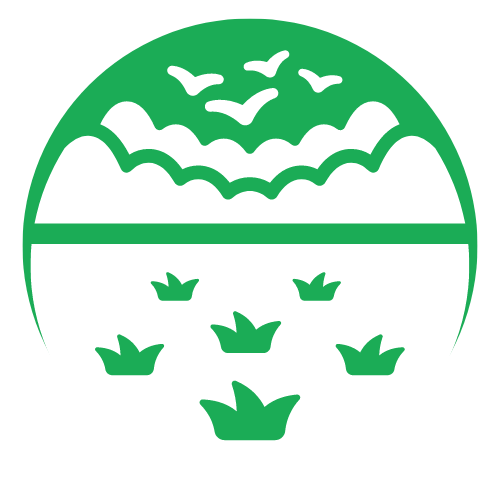
Serve as an unbiased voice for ecosystem management activities

Previous slide
Next slide
Fresh water is vital to all life. Pressure mounts on the unique aquatic ecosystems we depend on. Although traditional management techniques and tools are available, there is a pressing need to develop new strategies and refine existing ones that can selectively control this aggressive vegetation in an environmentally compatible fashion.
OUR PARTNERS

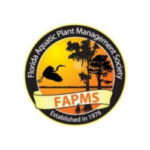
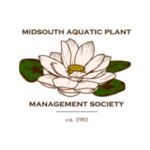
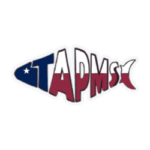
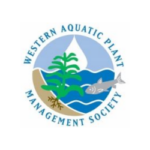




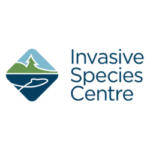
The Issue
Previous slide
Next slide
Accomplishments & On-Going Efforts
- Best Management Practices Handbook
- Research partnerships: Private – Government – Academia
- Regulatory Education Tours
- Educational Symposia, Summits, & Seminars
- EPA Liaison
- Science Advisory Panel For Managers & Consultants
- Contributor To Plant Camps For Educators
- White Paper Development
- Graduate Student Assistantships
- Regulatory Engagement & Support
- Connection To World-Leading Scientists In The Discipline
- Webinars For Management & Policy Decision Makers
- Funding For Student Internships
- Travel Assistance For Government & Student Education Opportunities
- B.A.S.S. Alliance & Support
